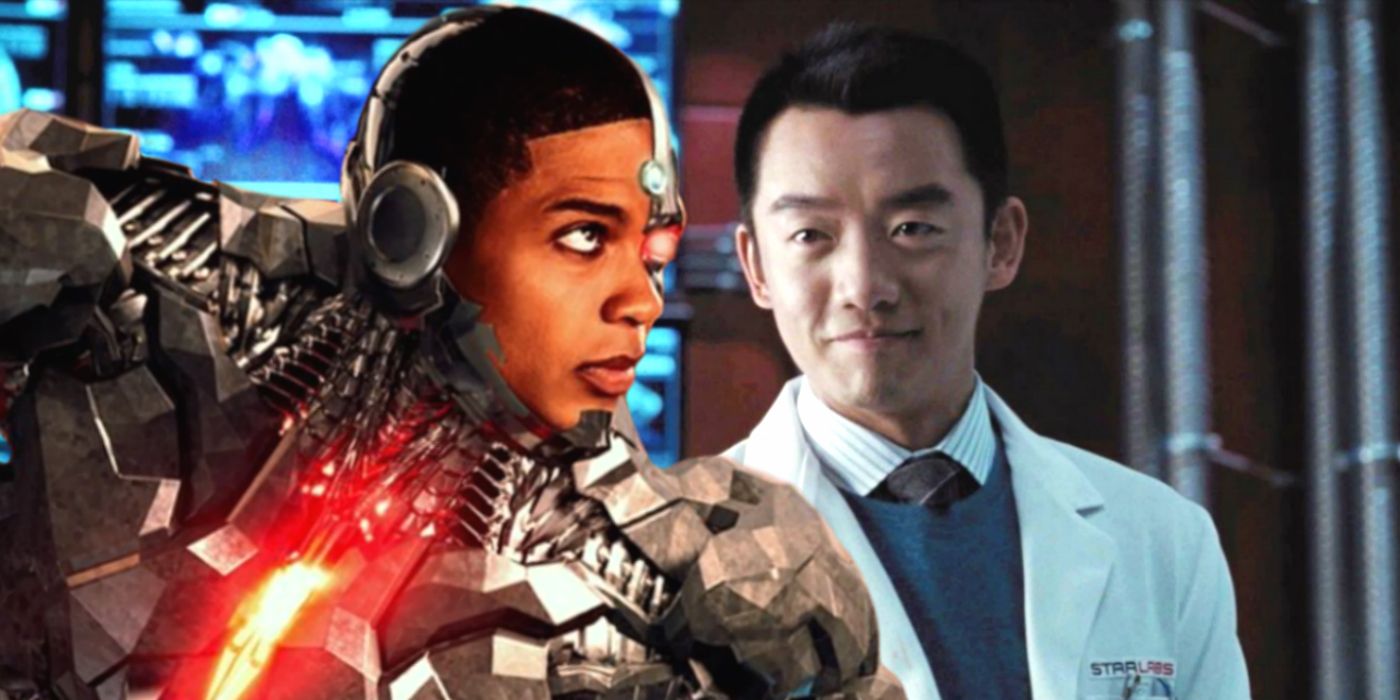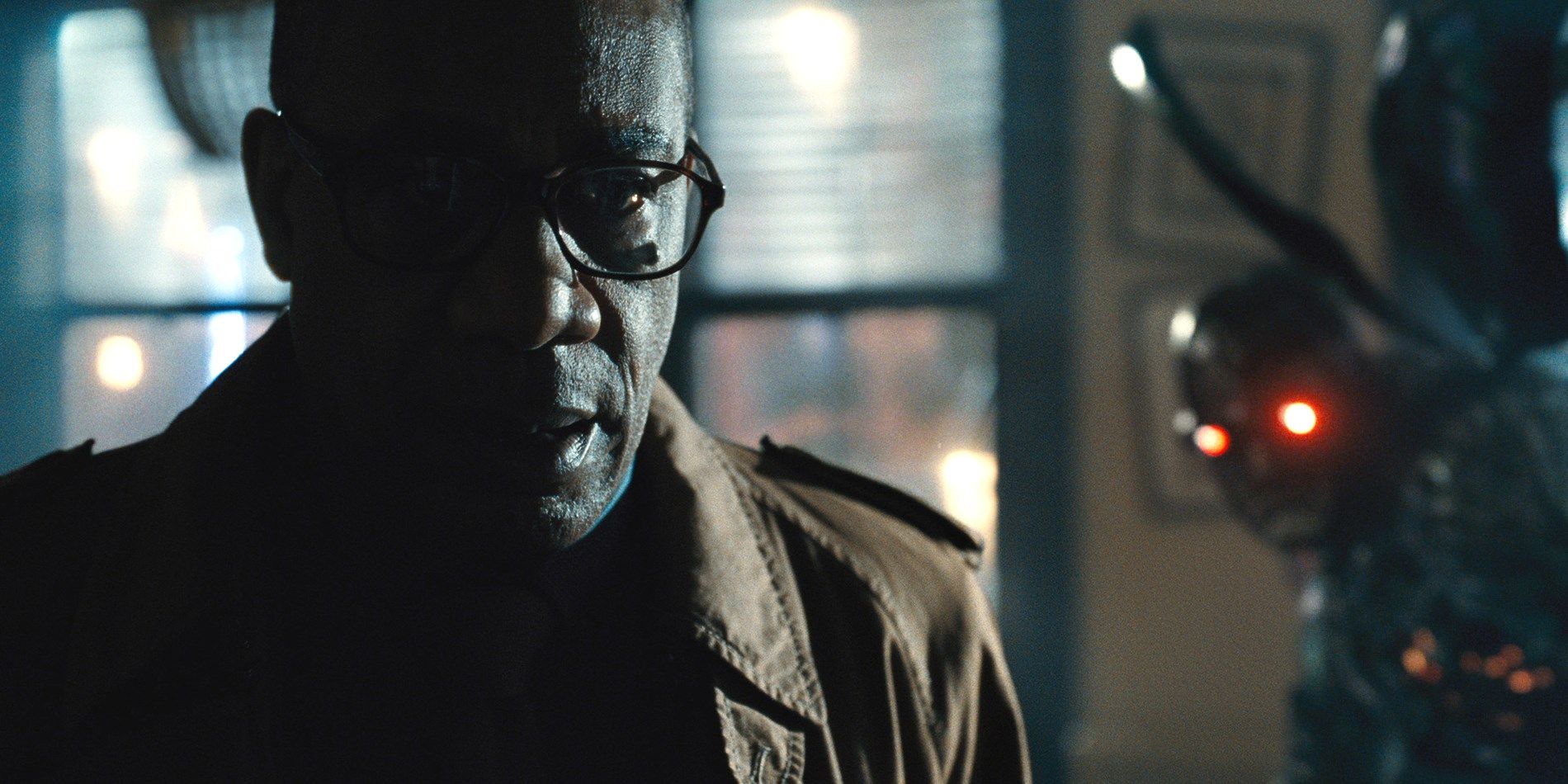
Zack Snyder's cut of 2017 flop Justice League is finally becoming a reality, and looks to be a more diverse movie than its original incarnation. Originally finished by The Avengers director Joss Whedon due to Snyder sadly grieving a family tragedy, 2017's Justice League was radically different from Snyder's initial vision, leading to a small - but very vocal - outpouring of fan support to see the "Snyder Cut" realized.
The Snyder cut of Justice League will release on HBO Max in 2021. Early indications suggest that his final cut of the film will present a much more diverse cast than was seen in the version Whedon finalized in 2017. There are minority characters who were completely excised from Justice League, as well as less screen time for some who were intended to play a larger role. Here's why the Snyder Cut is going to be a lot more diverse than 2017's Justice League.
Related: Justice League Reshoots: Every Change Whedon Made To Snyder's Film
Played by Zheng Kai, Ryan Choi originally had a scene in the Snyder Cut, played by Zheng Kai. Choi would have been director of nanotechnology at Star Labs, working alongside Victor Stone's (Cyborg) father, Silas. There likely wouldn't have been much time to set up Choi's eventual adoption of size-adjusting superhero The Atom, but it would've been a cool nod for the fans as well as an opportunity for representation of a minority. Meanwhile, Victor Stone/Cyborg (Ray Fisher) has been described by Snyder as being "the heart" of his cut of Justice League. Fisher has always been very vocal regarding his support for the Snyder Cut, and it's understandable why; Cyborg originally played a much larger role in Zack Snyder's initial vision. Fisher has praised Snyder and writer Chris Terrio for "EMPOWERING" [sic] him, asking the actor to be involved in Cyborg's story before a script existed.

More screen time for Victor also means more screen time for his father Silas (Joe Morton) - meaning more representation for people of color, even if Silas Stone was intended to die. In addition to Victor having more screen time with his father, his mother - Ellinore Stone (Karen Bryson) - would've also featured. Ellinore would've had an important scene, standing up for herself in the face of casual racism/sexism. Ray Fisher Tweeted explaining that Ellinore had a scene where she corrects the Dean of a university referring to her as a "Mrs" rather than a "Dr". Praising the move for representation, Fisher included the hashtag '#educatedcharacterofcolor'.
Wonder Woman's aunt Antiope (Robin Wright) was also in Justice League's Snyder Cut. Behind-the-scenes images of Antiope riding alongside Wonder Woman's mother Hippolyta have been shared online, showing that the warrior woman would've been seen in flashbacks to fighting Darkseid's legions thousands of years ago. Her scant screen time having been removed entirely in the 2017 Justice League means one less woman featured on the big screen. Zack Snyder's Justice League can - and might - restore the footage.
Snyder will be uninhibited by the 2017 Justice League's mandate to not exceed 2 hours, which means he has the opportunity to bring back Henry Lennix, as originally intended. Lennix played General Swanwick in both Man of Steel and Batman V Superman: Dawn of Justice. The character was due a return in Justice League, where Snyder later revealed that Swanwick would've been shown shape-shifting into fan-favorite character the Martian Manhunter, a character watching over all the other heroes.
In addition to the above, Kiersey Clemons was cast as Iris West in the DCEU, with a "sick" introduction in Justice League. Fans know Iris as integral to the Flash mythos, and would've been a building block for Ezra Miller's still-upcoming solo The Flash movie. However, when Whedon took the reins, Clemons' role was left by the wayside. All of these characters being cut from Joss Whedon's final take on 2017's Justice League were likely circumstantial, and not intended to make the film less diverse. Whedon was restricted by the two-hour runtime, which meant characters and storylines extraneous to the main plot would be the first removed. Now that Snyder is able to realize his vision with the Snyder Cut's uninhibited runtime, fans can see these characters restored, meaning Zack Snyder's Justice League will de facto be more diverse than 2017's Justice League.
Next: Justice League: Darkseid's Role In The Snyder Cut (& What Hasn't Been Revealed)
from ScreenRant - Feed https://ift.tt/3cLomHl

0 Comments